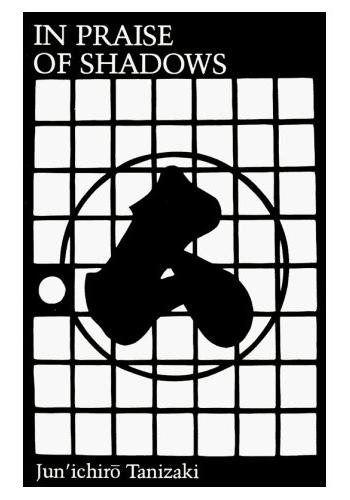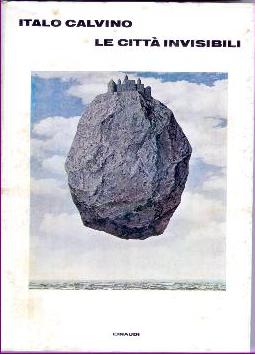Yasmin Ali
Urbanism // Design
Five alternative short reads
February 5th, 2013Leave Miller's Construction Series and neuferts'
at the office and cast an eye over some short books
and novellas which may be of interest...
I neglected to write 'Top' as a prefix to the headline,
because, well, tastes vary, and who am I to say what's best to read?
Good reads I would recommend, however, include the following curated list:

Original cover designed by Yukio Futugawa
5. If you're searching for a design for life, try the Philosophy book 'In Praise of Shadows', by (Philosopher) Jun'ichiro Tanizaki, first published 1933
Considered a modern classic, Tanizaki's essay speaks eloquently through an aesthete's lens which varies its focus on subjects as diverse as food, interiors, the precious mineral jade, pottery and even toilets. In particular, its passages on the ceremonial art of drinking tea, and the lights and darks of the laquerware have some poetic resonance. At a lean 80-pages, it's slimmer than some design blogs, but there's imagery in every line. Worth a read.

4. If you want to know more about Britain's capital with a book you can take on the tube, try the London essay 'London: Bread and Circuses', by (Journalist) Jonathan Glancey, 2001
Glancey, well-known as the Architectural and Design correspondent of the Guardian, has gifted us with a very concise history of London, which references urban policy throughout. An illuminating read, at under 150pages, including many black and white photos, it's an excellent record of the specific and special issues which shaped-and continue to shape-the history of this modern metropolis. Glancey's polemic makes a convincing case that flagship projects around London are privatised 'circuses', setting up the discourse for an interesting read.
Image Credit: http://www.tom-carden.co.uk/
3. If you want to learn more about science, seek out 'Emergence: The Connected Lives of Ants, Brains, Cities and Software', by (Scientist) Stephen Johnson, 2002
This has no more to do with architecture than as to how everything is connected - that everything being ants, brains, cities and software. Of interest is its explanation of how and why communities cluster in neighbourhoods, and the parallels between this and subjects as diverse but linked as neural synapses, societal structures in ants, and cyber-traffic. Particularly interesting is the discussion of the evolution of Venice through the medieval guild system, and how this influenced its architectural and urban design. At over 200 pages (and small type!), this book is one of the longest on this shortlist but it will leave you much food for thought. Highly recommended.

2. If you're fond of pocket books that pack a punch, seek out 'Millenium Culture', by (Architect-Academic) Neil Leach, 1999
Diminutive in size, but not in content, this little book is roughly A6 size, and has regrettably become lost in my bookcase. It's a sharp, incisive essay on the millenial movement of the zeitgeist which includes a strain of that Y2K bug that permeated everything in popular culture. Not to give too much away, naturally, as in Johnson's book (see above), the Millenium Dome project, which was initially thwarted by vacancy, does not escape unscathed. Its narrative is tinged with inescapable Baudrillardian overtones, and complemented by its bold punctuation of postmodern photography by Kasia Hock. It seems to be out of print now, so if you can't get hold of it, try another of his works 'The Anaesthetics of Architecture', published in the same year.

Original cover image, Rene Magritte (1959)
1. For travelling without moving, try 'Invisible Cities' by (novelist) Italo Calvino, 1972
This is an fluent mixture of poetry and prose, which flows so seamlessly that it seems to have a life and musicality of its own. The novella narrates the story between traveller Marco Polo coming to meet emperor Kublai Khan. For the emperor and armchair tourist in you, Calvino describes 55 cities of the empire in separate poems, and intermittently the two converse and reflect on the cities themselves. It is beautiful in the English translation; and in its original Italian undoubtedly even more so.
[Note: I've avoided hyperlinking to amazon in a bid to save our high streets from further internet-shopping-fuelled demise]


